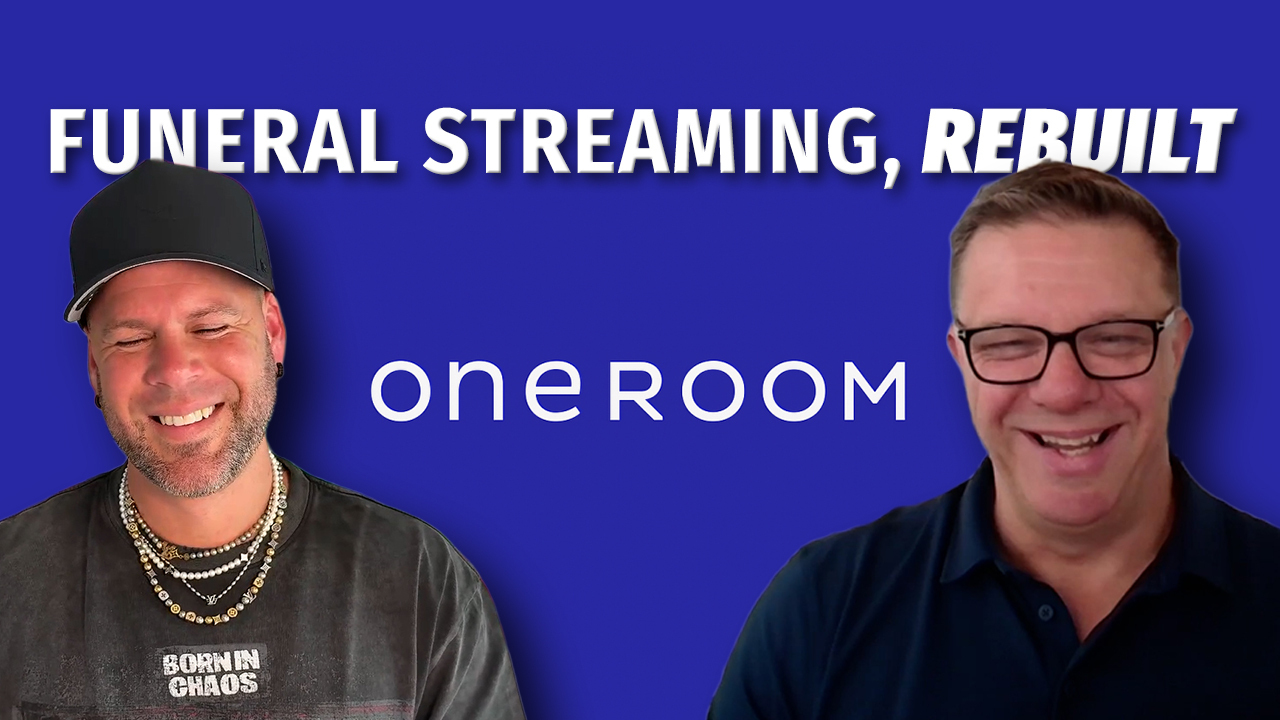Preventing Sexual Harassment in the Deathcare Workplace
Thanks to contributing writer Beth Campagno for this article on harassment.
Avoiding unlawful and unwanted behavior should be one of the highest priorities for any business owner. Despite numerous court cases, the #MeToo movement, and significant losses to business, sexual harassment is still a significant issue in the workforce – even in deathcare.
Here are just a few cases:
- In February, a mortuary school student is suing an Iowa funeral director for harassment and sexual assault. The student claims the director assaulted her while the two were transporting bodies and also while they worked in the embalming room.
- The Equal Employment Opportunity Commission (EEOC) charged a Florida funeral home with violating federal law in 2015 by subjecting at least five women to sexual harassment and retaliating against two of the women for complaining about it.
- Last year, a funeral director and embalmer in a different Florida funeral home alleged that the owner subjected her to “countless” acts of sexual harassment. She also says he retaliated against her when she rejected his advancements.
Costs – hidden and not so much
Unfortunately, cases like these aren’t hard to find online – they’re just keystrokes away from your potential clients’ eyes. And once the accusation is out there, it is nearly impossible to disassociate yourself from the stigma.
In addition to the public relations nightmare of a sexual harassment allegation, there’s also a tremendous monetary price tag. The judgments can be pretty scary; EEOC litigation awards can range from $75,000 – $125,000. That does not include lawsuits and the accompanying cost to hire attorneys to defend your business.
Reputation and bank account aside, a harassment claim comes with hidden costs. These will vary depending on the severity, frequency, and several other factors. Even with an unfounded accusation, your organization may experience:
- Higher absenteeism,
- Unexplained turnover,
- Higher use of healthcare/mental health services and mental health leave, and
- Worker and manager loss of productivity.
A 2019 study by Deloitte Access Economics reported that complaints of sexual harassment cost the business sector at least $3 billion in lost productivity and related costs alone. That’s enough to put some facilities completely out of business.
Who’s who
So how can you avoid a costly case of harassment? Before we get to that, it’s necessary to educate yourself on how these accusations arise, and who may be involved.
One prevailing belief is that most victims are women. While that is often the case, it’s not an exclusive rule. As a matter of fact, an increasing numbers of men are reporting sexual harassment. One poll found that 81% of women and 43% of men had been victims in their lifetimes.
Another myth is that victims are attractive and young. In reality, employees of all ages and types have been sexually harassed in the workplace. Plus, harassment can occur with either the opposite sex or same sex.
Although women are more likely to report an incident, an EEOC task force found that as many as 70% of women experiencing sexual harassment don’t report it. That means that the actual number of harassment incidents could be significantly higher.
Why does this keep happening?
As you can see, there’s no one particular type of victim or abuser. There’s only a belief or value that allows it to continue. Society still hasn’t shed some of the archaic views of women in particular or acceptable behavior in general. And, that spills over into the workplace.
As a result, some victims or abusers don’t even recognize that the behavior rises to the level of sexual harassment. Like victims of other types of abuse, employees are sometimes embarrassed by the unwelcome behavior. People in general are often reluctant to “get someone else in trouble”. It’s even more pronounced if the other person could even lose their job.
People don’t really always understand where the line is. In fact, abusers sometimes feel victimized because they don’t understand that it’s not acceptable behavior.
What constitutes sexual harassment
By legal definition, sexual harassment is gender discrimination that:
- Is unwanted behavior that is severe or pervasive,
- Unreasonably interferes with an individual’s work, and
- Creates a hostile work environment.
It’s also important to note that sexual harassment doesn’t just happen within the walls of the business. Unwanted behavior outside of the workplace is subject to the same guidelines.
According to the EEOC, “simple teasing, offhand comments, or isolated incidents that are not very serious” are not prohibited under sexual harassment laws. However, you can cross that line when these comments or incidents create an offensive work environment or result in an adverse employment situation (firing or demotion).
It doesn’t matter if the harasser is the victim’s supervisor, a supervisor in another area, or simply a coworker. Perpetrators can also be clients, vendors, visitors, subcontractors and family members of the owners. Harassment can also happen in remote settings.
How to address and prevent sexual harassment
The number best way to control sexual harassment is – prevention. Here are a few best practices:
- Conduct thorough pre-employment background screenings.
- Set clear standards, maintain detailed policies, and model expectations for acceptable behavior.
- Train new hires and regularly train existing employees.
- Provide multiple reporting options for victims – immediate manager, Human Resources, union rep, senior management/owner, external resource. Include female as well as male representatives so the victim can discuss it with someone they are most comfortable with.
- Ensure that all employees know the procedure to report harassment.
- Don’t require the victim to confront the perpetrator. This can be very uncomfortable under normal circumstances and much more so in this situation.
- Include a non-retaliation clause and enforce it. The complaining party should not be punished in any way for a good faith claim, including any negative job impact.
- Thoroughly document and conduct a thorough investigation and resolve the situation (discipline or terminate) promptly.
Beware of focusing on the supposed intent of the perpetrator. It doesn’t matter. Don’t make excuses that someone was only joking, didn’t really mean it, it’s “just their way” or something similar. If someone else is uncomfortable as the result of commentary or behavior that has nothing to do with the job at hand – it’s a problem.
Prevention is worth … well, everything
Make sure you have the proper paperwork and protocols in place before something happens. A good option is to exceed, not just meet, the minimum requirements. Some companies mandate that anyone having knowledge of unlawful behavior must also report it. You can augment that policy with whistleblower protection as well, or implement a company-wide code of conduct that is higher than the law requires. And of course, educate your team over and over on what is and is not acceptable in your workplace.
Keep in mind that deathcare can present particular vulnerabilities for harassment. Smaller and family-owned businesses may find it difficult to manage a code of conduct process. Also, funeral home working hours and locations can be isolating. Working off-hours, in backroom areas (embalming or prep rooms), or offsite work can present opportunities for unwanted behavior.
The bottom line is that no one goes to work to be subjected to unprofessional, unwanted behavior of any kind. Employees have the right to, and should have the expectation of, a harassment-free workplace.




